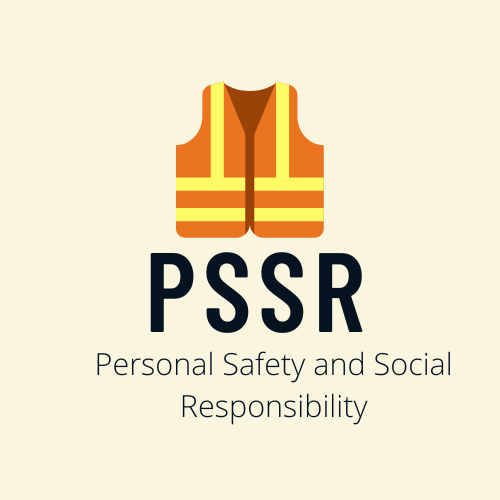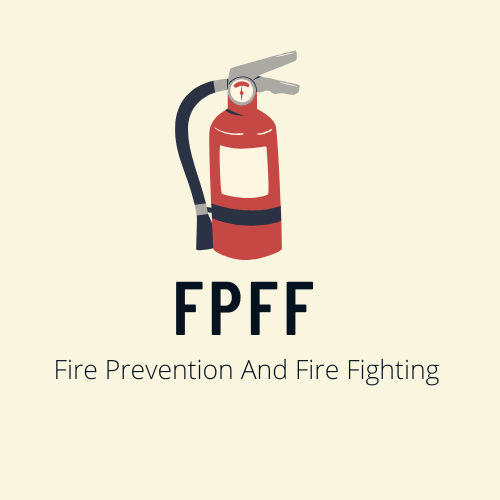This OCTO exit exam questions and answer quiz contain questions Answer
If you find any questions incorrect, please let us know by Clicking here.
30. The Convention
that allows States to intervene in a pollution incident at sea is the
MARPOL Convention
SOLAS Convention
CLC Convention
Intervention
Convention
1. When doing an enclosed space rescue, the
person in charge must coordinate the rescue:
From inside the space
From the Bridge
From outside the space
From the Engine Control Room
2. Lung inflammation
will cause:
Breathlessness and drowsiness
Breathlessness and confusion
Breathlessness and a dry cough
Breathlessness and slurred speech
3. The portable air
operated salvage pumps used for spillage cleanup operation on tanker shall be
deployed at
The aft end of each side of poop deck
The forward end of each side of main deck
The midship on each side of main deck
The aft end of each
side of main deck
4. Aquatic toxicity of chemicals is categorized as
D1 and D2
Cl and C2
Bl and B2
Al and A2
5. With reference to
Marpol Annex I, the southern south African area Is
Protected area
Special control area
Special area
Restricted area
6. The area where
emissions of SOx, Nox and PM from ships are controlled is called as
Emission control area
(ECA)
Special area (SA)
Special emission control area (SECA)
Pollution control area (PCA)
7. Containment and
Damage Control: which step Is of highest importance for damage control?
All personnel entering a contaminated space shall enter with another individual
For each pair entering a space, a trained person with appropriate equipment will be on standby.
Actions toward
controlling the immediate spread of the spill
Action steps minimizing the Impact to the ship and crew.
8. After use of
portable foam extinguisher, the equipment is well flushed with water to keep
The system is clean.
Ready for re use.
The nozzles clear and prevent clogging.
9. Water extinguishes
a fire by
Heat removal or cooling
Smothering or oxygen exclusion
Flame inhibition
10. Which part is
included to the Fire Triangle to extend it to the Fire Tetrahedon:
Heat
Chain reaction
Fuel
Oxygen
11. Foam extinguishes
a fire by
Heat removal or cooling
Smothering or oxygen
exclusion
Flame inhibition
12. What is very
important to be carried out after use of deck foam system?
Stop all pumps for deck foam system.
Close all valves in the system.
Flush the system
complete with sea water.
13. Fixed dry chemical powder extinguishers are
mostly used in:
Oil tankers.
Passenger vessels.
Chemical tankers.
14. During transit of
a vessel if chemical fire occurs, the vessel should:
Stop and allow other ships to proceed.
Reduce vessel speed to minimum possible.
Steer clear of other
vessels.
15. The electrostatic field strength which is
sufficient to cause breakdown of air or petroleum gases is about
5000 Kilovolts/meter
3000
Kilovolts/meter
3000 Volts/ meter
5000 Volts/meter
16. A crew member is
unconscious and the face is flushed. You should ___
Lay the crew member
down with the head and shoulders slightly raised
Administer a liquid stimulant
Lay the crew member down with the head lower than the feet
Attempt to stand the crew member upright to restore consciousness
17. What is the range
of expansion ratio for high expansion foams?
1000: 1
5: 1 to 15: 1
1250 liters/ min
1000 liters/ min
18. What is the least
a person should do before entering machinery spaces?
Wear appropriate
personal protective equipment
Inform the bridge
Inform his superiors
19. What is the least
you must do before entering a cofferdam in the engine room?
Open up the manhole and enter the cofferdam
Complete an enclosed space checklist
Enter the cofferdam and simultaneously start ventilation
20. Pyrophoric
oxidation occurs when loading:
Light crude oils
Sour crude oils
Refined products
Chemical cargoes
21. TLV-STEL is the
spot exposure of a chemical substance for a duration of:
S minutes
15 minutes
30 minutes
60 minutes
22. What is pour
point ?
The temperature at which oil gets frozen
The lowest temperature at which petroleum oil will remain fluid •
The temperature at which oil cannot be discharged
The temperature at which oil needs to be heated
23. What is
non-volatile petroleum?
Petroleum having a flashpoint of 60 Degrees C or above
Petroleum having a flashpoint of 60 Degrees C or below
Petroleum having a flashpoint of 100 Degrees C or above
Petroleum having a flashpoint of 100 Degrees C or below
24. What is the lower flammable limit?
The concentration of
a hydrocarbon gas in air below which there is insufficient hydrocarbon to
support combustion
The limit where there is insufficient oxygen to support combustion
The limit where there is too much oxygen to support combustion
The limit for man entry of personnel into tanks
26. What is cold work?
Carrying out work in a cold atmosphere
Work that cannot
create a source of ignition
Carrying out work on reefer containers
Work that can be done only in cold temperatures
27. The most common
measure taken on tankers to avoid static discharge is:
Closed ullaging
Use of only approved PPE on deck
Bonding and grounding
Having continuous pipe lengths.
28. The permit towork should not last for more than
12 hours
24 hours
36 hours
48 hours
29. What is a hot
work permit?
Document used for carrying out repairs under super vision
A document issued by the person responsible permitting specific hot work to be done during a
particular time interval in a defined space
Document used for work in a dry-dock
Document valid for 7 days for carrying out tank cleaning
30. H2S gas is:
Less toxic
Inflammable
Toxic, corrosive and
flammable





